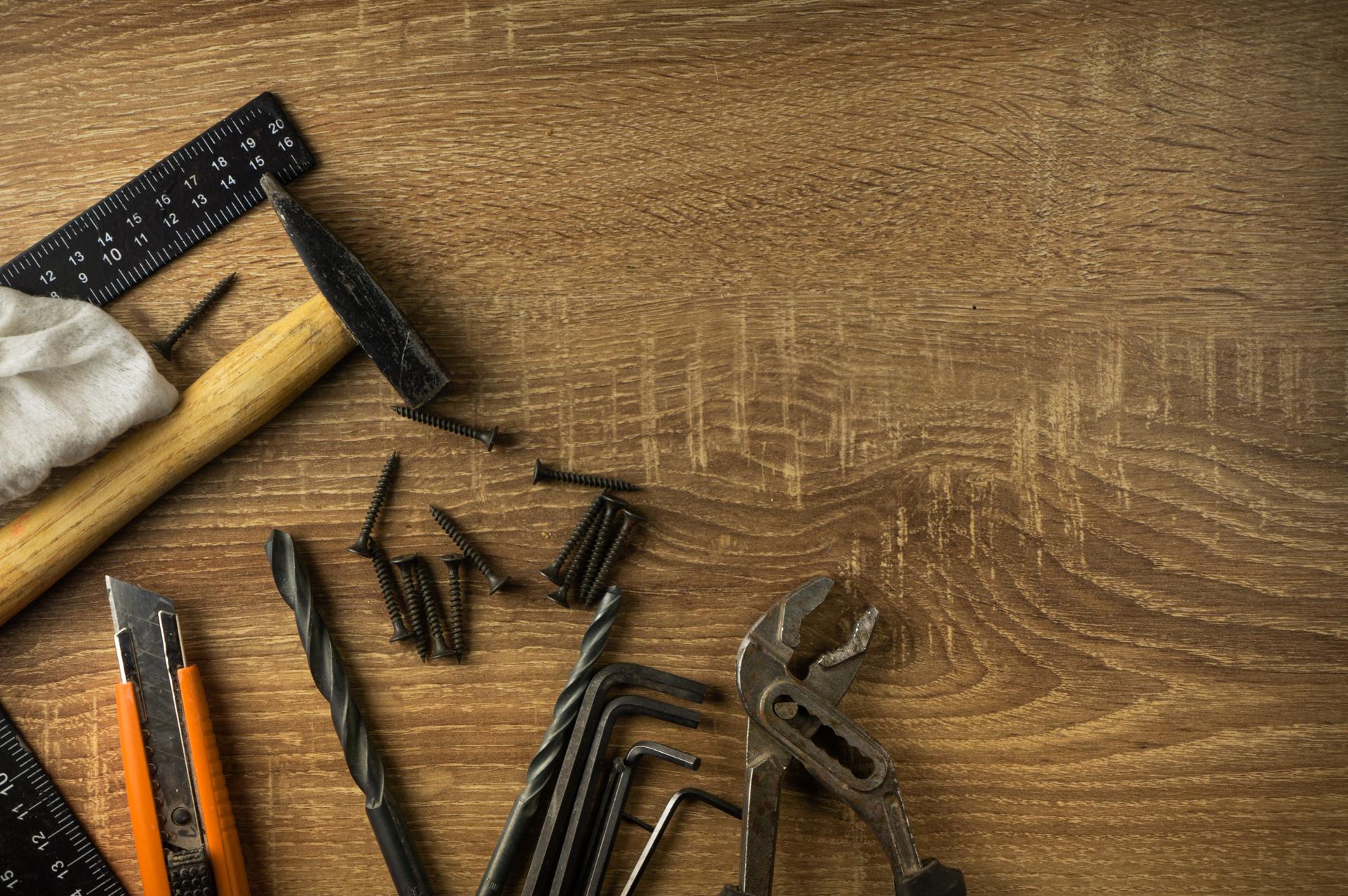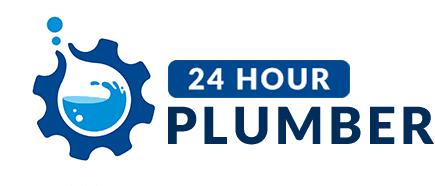Ways to Tackle Basic Plumbing Problems at Home: A Do-it-yourself Guide

The plumbing system is an essential element of any household. If they are not maintained properly they could be an issue for many, leading to inconvenience and costly repairs.
However, there are many advantages of learning to resolve minor plumbing issues yourself, including saving money as well as learning useful knowledge. In this article, we will discuss common plumbing issues and how to fix them yourself. them.
Common Plumbing Problems
Dripping Faucets
Dripping faucets aren’t just annoying, but they also consume a substantial amount of water over the course of. The most frequent cause for the faucet to drip is a damaged washer, or an O-ring. To resolve this issue switch off the supply of water for the faucet. disassemble the handle, and replace the worn-out O-ring or washer.
Running Toilets
A running toilet is a frequent plumbing problem that could cause water to be wasted. The most frequent reason is a malfunctioning flapper valve that isn’t sealing correctly, allowing water to leak from the tank to the bowl. To fix this issue, turn off water to your toilet. Then, take off the tank lid, and change or adjust your flapper valve.
Clogged Drains
Clogged drains can be caused by various things such as hair, soap, and food particles. To get rid of this problem, you can try using the plunger or drain snake to clear the blockage. You can also make a mix of vinegar and baking soda to break up the blockage.
Low Water Pressure
Low pressure water in the pipes is often caused by a number of reasons, such as the buildup of minerals in pipes or a faulty pressure regulator. To fix this issue, you can try cleaning the aerator or replacing the pressure regulator.
Tools Required for DIY Plumbing
To carry out DIY plumbing, you will need a few essential tools such as the plunger, an adjustable wrench pipe wrench, Teflon tape and the screwdriver. The tools you have on hand can make it much easier to fix minor plumbing issues.
Safety Tips for DIY Plumbing
Safety must always be the top priority whenever you are performing any plumbing repair DIY. A few safety tips to keep in mind include turning off the water source prior to starting any repairs, wearing gloves and safety glasses, and keeping a first-aid kit nearby in case in the event of an emergency.
DIY Plumbing Techniques
To fix common plumbing issues, you will need to know some DIY plumbing techniques such as how to turn off your water source and how to repair a leaky faucet and how to fix the issue of a toilet that is running or unblock the drain, and how to increase water pressure. These tips can help you save time and money when it comes to minor plumbing repairs.
Conclusion
Learning how to fix minor plumbing problems yourself can be beneficial in various ways. It’s not just a way to save you costs, but you can provide you with satisfaction and valuable knowledge. But, for more substantial plumbing issues, it’s always best to call a professional plumber.
FAQ
Can I fix a plumbing problem myself?
Yes, you can repair minor plumbing issues yourself by learning some basic plumbing tips for DIY.
Are there any frequent plumbing issues?
The most frequently encountered plumbing problems are leaky faucets, running toilets clogged drains, and low pressure water.
What tools do I need to do my own plumbing?
You’ll need some indispensable tools like a plunger, adjustable wrench, pipe wrench, Teflon tape and the screwdriver.
Is DIY plumbing safe?
DIY plumbing can be safe if you follow safety guidelines and take the appropriate steps.
When should I contact an experienced plumber?
You should call a professional plumber for plumbing problems of a serious nature that require specialist equipment and knowledge.
